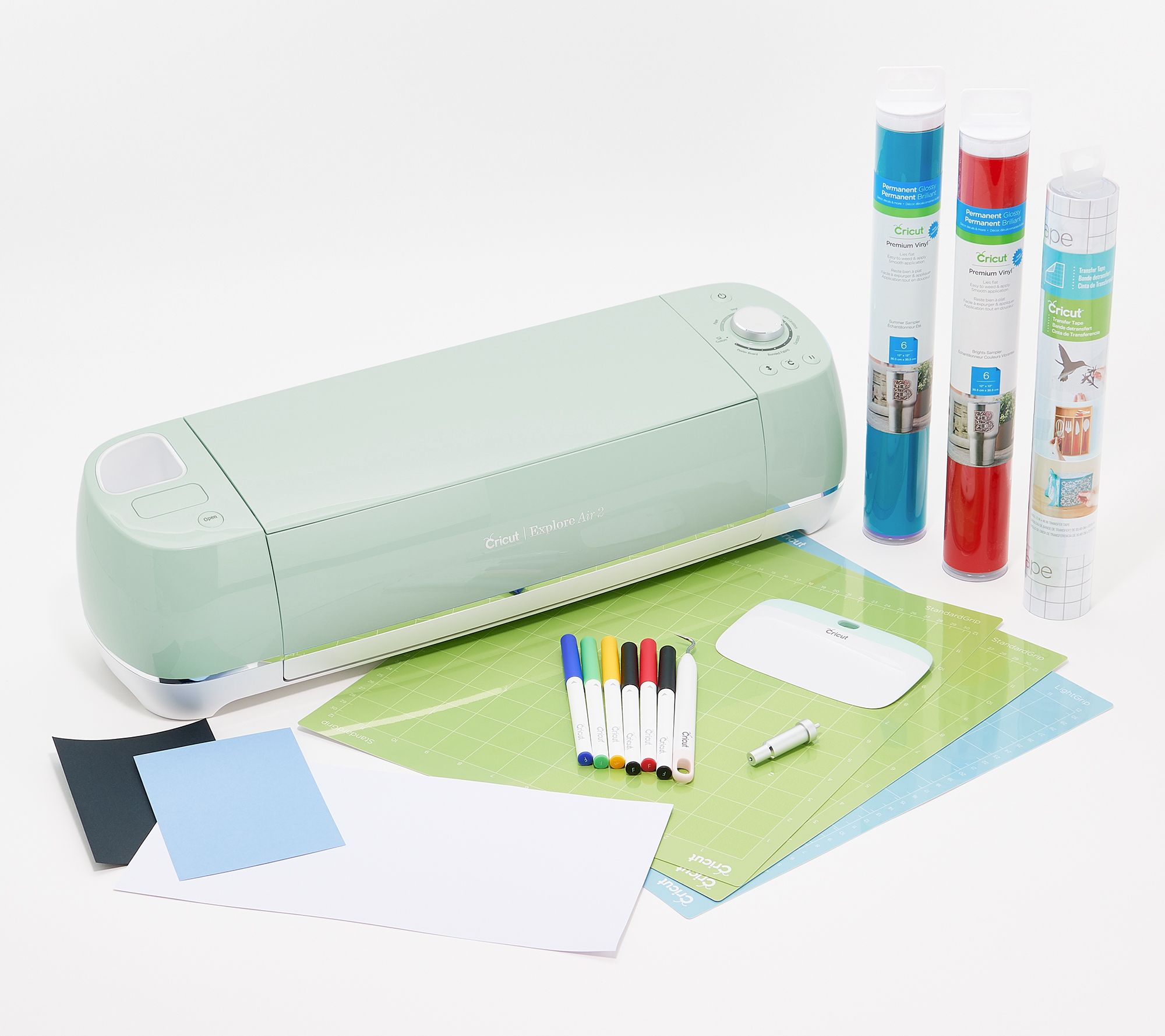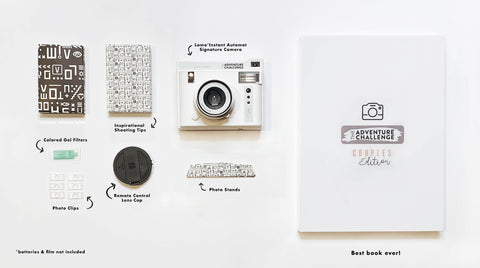Cricut Explore Air 2 Cutting Machine with Starter Kit
Super speedy, the Cricut Explore Air 2 is an amazing do-it-yourself cutting machine. Able to cut and write up to two times faster than previous models, the Explore Air 2 helps you make projects using over 100 different materials, including cardstock, vinyl, iron-on — and even thicker materials like leather.
Super speedy, the Cricut Explore Air 2 is an amazing do-it-yourself cutting machine. Able to cut and write up to two times faster than previous models, the Explore Air 2 helps you make projects using over 100 different materials, including cardstock, vinyl, iron-on — and even thicker materials like leather.
And with this bundle, you’ll also receive two vinyl samplers, transfer tape, tools, and more!. From Cricut.
- Includes Explore Air 2 machine with USB cord and power cord, two 12″ x 12″ StandardGrip cutting mats, weeder, XL scraper, 12″ x 48″ transfer tape roll, six 12″ x 12″ Premium Vinyl Brights, six 12″ x 12″ Premium Vinyl Brights Summer, classic fine point pen set, black fine point pen, and 12″ x 12″ LightGrip mat
- German carbide premium blade
- Works with all Cricut cartridges (not included)
- Fast mode
- Select from over 3,000 ready-to-make projects from image library
- Bluetooth wireless technology
- Cut over 100 materials from vellum to leather
- Smart Set dial for easy material settings
- Double tool holder for cutting and writing or cutting and scoring in one step
- Upload your own images (.svg, .jpg, .png, .bmp, .gif, .dxf)
- Cut Smart precision cutting
- Integrated storage compartments
- Measures 24″ x 9-1/2″ x 9-1/2″
- UL listed; 1-year Limited Manufacturer’s Warranty
- Imported






Reviews
There are no reviews yet.